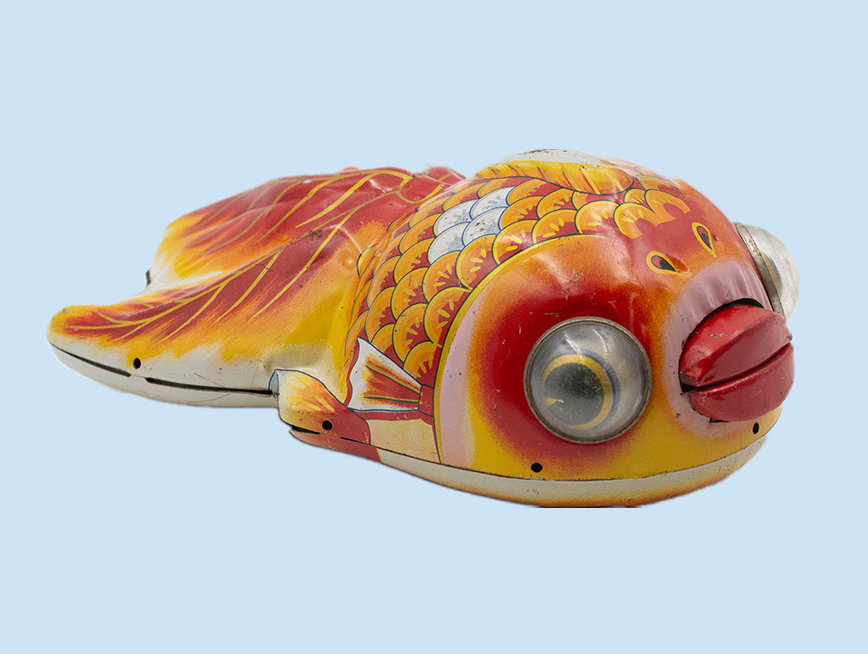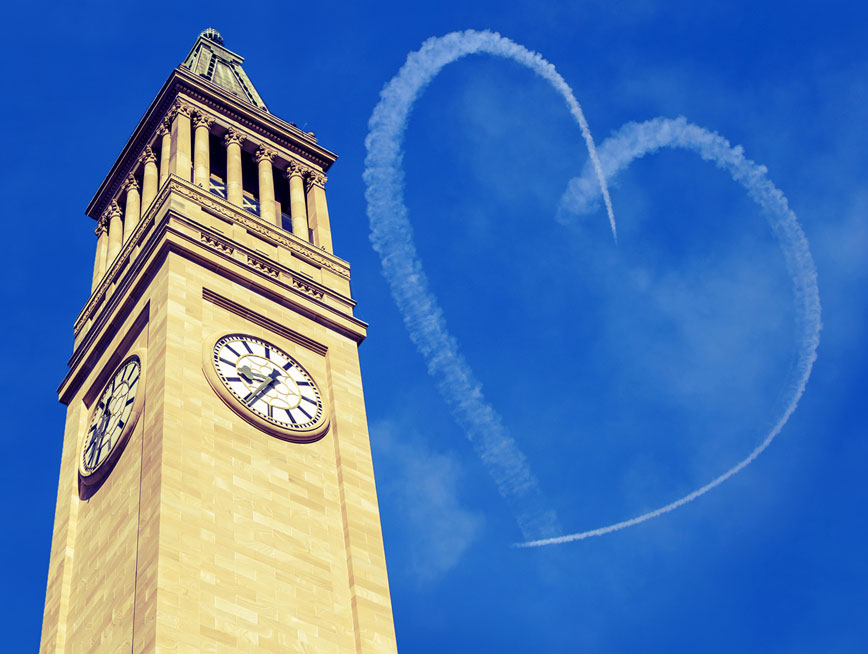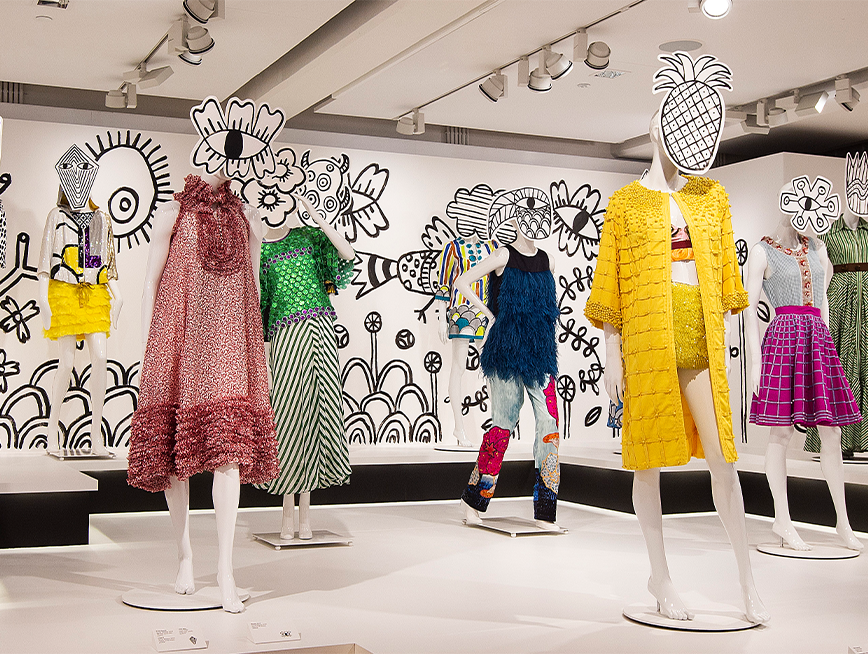Man&Wah are twin brothers and creative partners inspired by the beauty and diversity of nature within the broader context of the cosmos. Both graduates of Queensland College of Art, Griffith University, they create immersive experiences that combine a range of audio-visual elements, encouraging people to slow down and wonder openly about their connection with nature.
We caught up with Man&Wah to learn more about their lifelong love of nature and their artwork Celeston 3, which is currently featured in Rearranged: Art of the Flower.
You’ve been documenting natural phenomena for 10 years. How has your process and interest in subject matter changed over time?
Reflecting on those early days to now, apart from the tools and technology we use to capture and edit the content, the process continues to be the same, which is immersing ourselves wholly within natural environments. Be that the forest, wallums, beaches, gardens or elsewhere. We direct our focus and attention to this amazing natural phenomenon that is unfolding and at play in every single second of existence.
In terms of how our interest in nature as a subject matter has developed, we can use nature as an analogy – our interest and wonder is ever growing, evolving, expanding, deepening its roots to arrive at a greater appreciation for how connected EVERYTHING is! Nothing happens by itself in a vacuum, one thing depends on another thing to exist, then that thing depends on another thing to exist… it’s this infinite circular web of connections. Our interest in nature is really a form of self directed learning, it helps guide us from one fascinating focus to the next.
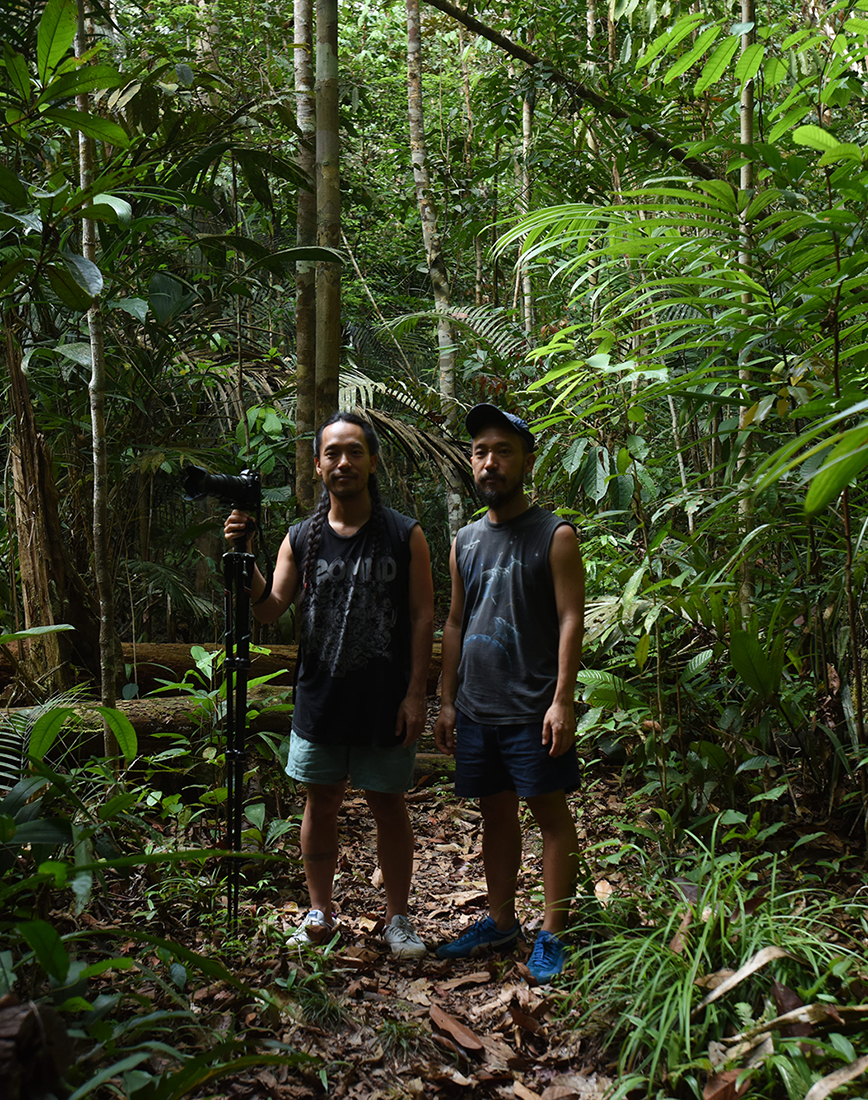
What inspired you to start documenting natural and cosmic phenomena?
As kids growing up and living in both Hong Kong and Australia we experienced two distinct cultural realities – east and west; from the people, foods, environments, mannerisms, identities and so on. We experienced dual interactions and treatments from each place, constantly pulled, pushed and influenced from one perspective to another as kids depending on the dominant social narrative of that time. Certain habits and behaviours that are accepted in Hong Kong were not accepted in Australia and vice versa. So naturally we both had many curiosities and questions growing up, to try and understand why this was so. Many of the explanations and answers for the most part failed to satisfy our curiosity, and on countless occasions in both cultural settings we were told not to question things, just follow the curriculum, just accept it, or a very common one was that’s just how things are.
We developed this burning curiosity and questioning of everything having grown up in that dual experience of living in the influence of a western and eastern culture. Being curious through the lens of creativity and infinite imagination we can explore these wonderings through multiple disciplines, modalities and fields of research. Whether it’s through art or science, environment or cosmology, past or present, ancient history or sociology, occult and esoteric practices, philosophy, religion, mysticism, history of propaganda, psychology, health; and how these subjects interweave and influence each other. It’s a reflection of nature and the cosmic, where each piece is part of the whole, yet we often mistakenly treat a part as the whole. So art and creativity are ways to combine these different subjects, explore freely, create experiences in the context of art, and share with everyone the natural and cosmic phenomenon.
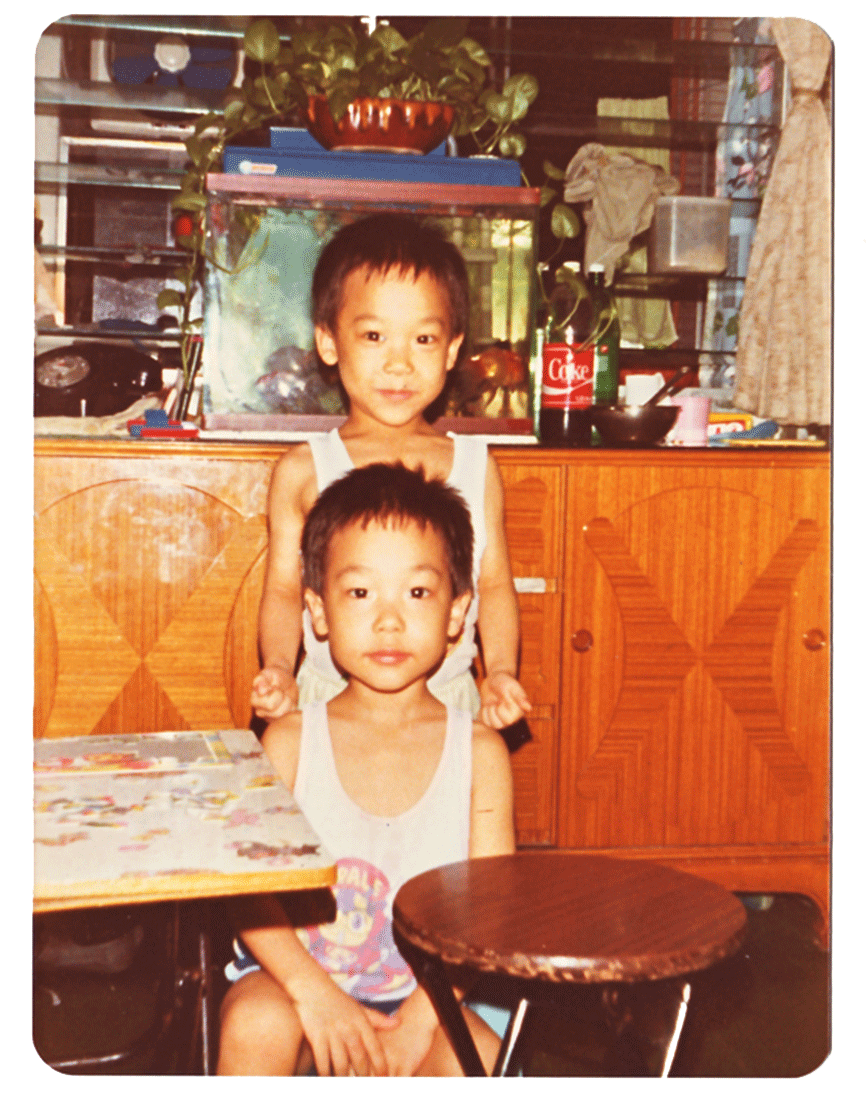

You’ve exhibited Celeston 1 and Celeston 2 at Museum of Brisbane. How has this body of work evolved to inform Celeston 3?
It was great to work with the awesome MoB crew from conception to the installation for Celeston 2, transforming the foyer and hallway entrance into an immersive space and experience for visitors. When the MoB team approached us to chat about being a part of Rearranged: Art of the Flower, we left the first meeting with many ideas. With Celeston 1 and Celeston 2 already exhibited at MoB, it was a natural progression and decision to continue the Celeston series for Rearranged.
With hindsight, each of the Celeston projects informed the next one. With Celeston 1 the underlying theme was ‘questioning’, for Celeston 2 it was ‘wondering’, and then for Celeston 3 it became ‘contemplation’.
We took inspiration from the first two Celeston projects – such as specific segments from the video works, print visuals, audio and the various physical built elements; and included them into the concept development for Celeston 3. As the concept progressed and we started creating visuals, then refining, we started to work out what was required to create an immersive experience – the elements of scale and refined simplicity became important features for the work and space. Throughout the process we created with scale and simplicity in mind and applied it to the artwork, which offered an experience that inspired depth of contemplation within the space and video work.
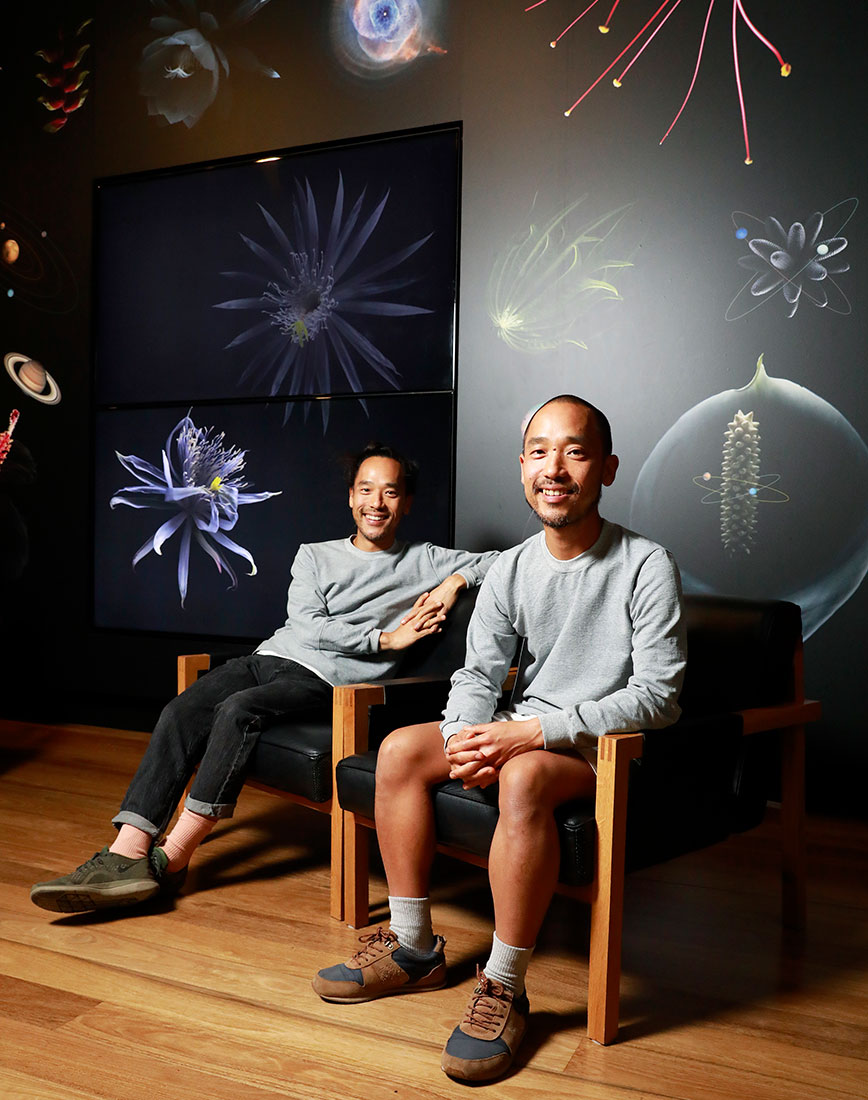
We also discussed afterwards the coincidental nature in how all three Celeston iterations happened in the context of place and space within MoB. The first installment was born and inspired with ‘questioning’, this was presented in a virtual/online space. Then the second installment Celeston 2 took on a physical form, refined to fit into a physical space at the front foyer leading into the hallway entrance – walking into and through a ‘portal of wondering’. After exiting the portal, the third instalment of Celeston entered into the Clem Jones Gallery, an ambient space at the back of the Museum – for ‘contemplation’. Each Celeston instalment naturally weaves into the next in terms of theme, place and space, really complementing each other. With all three Celeston instalments being realised we can see the creative flow unfolding from one into the next, this is perceived with continuous questioning, wondering, contemplating and reflecting afterwards. Just some thoughts on how all the elements weaved together, inspiring us to create the artworks, evolving into the next one. Just another example of how the flow and creative journey continues… who knows – maybe Celeston 4 in the middle MoB gallery themed ‘reflection’?
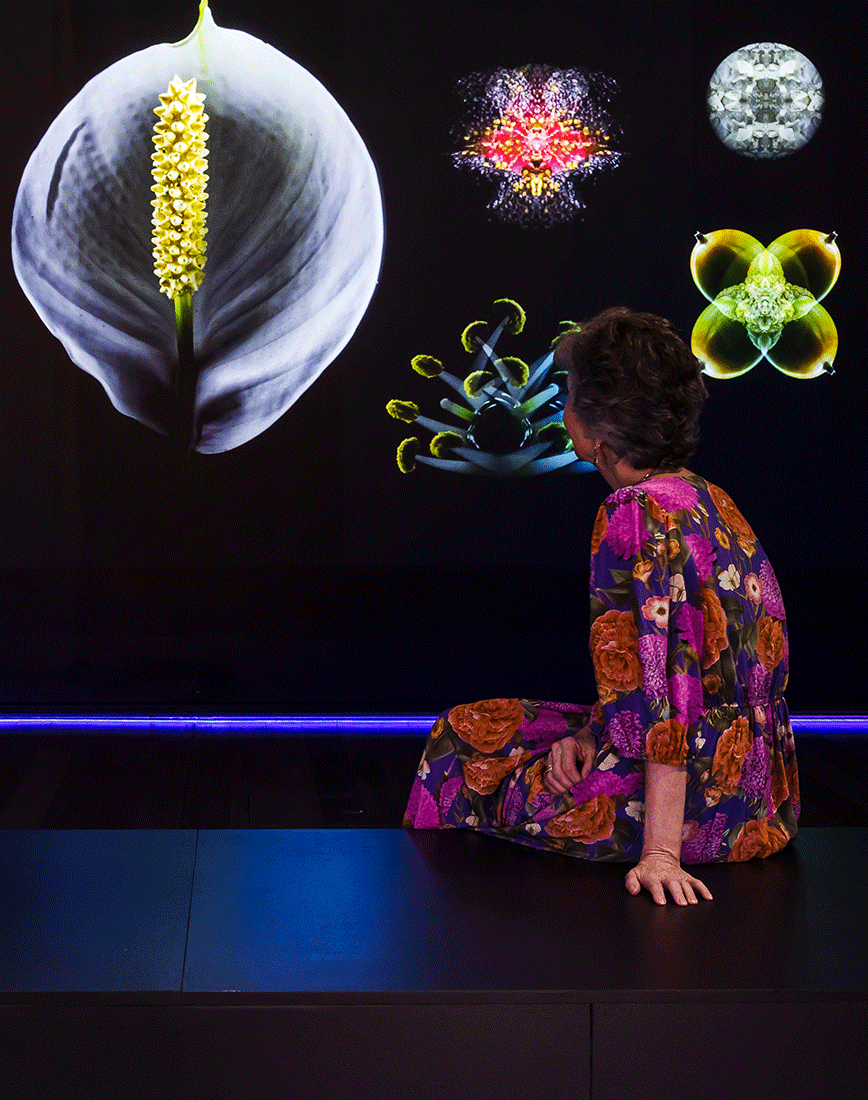
What’s your creative process look like? Do you draw on raw materials from nature, rely on your imagination, or both?
For us how we live is a creative process, it’s the same experience with no separation, a part of the whole. We are made up literally of the raw materials from earth and cycles of the cosmos. So in a way we are the cosmos manifesting itself. As mentioned before we are constantly steering our focus and attention to this amazing natural phenomenon of the creative process unfolding and at play in every moment of existence. Everyone has the ability to be expressive, imaginative and creative, it is a main essence of being human. We just choose to practise, express and use it on a daily basis.
Our process is simply spending time immersing ourselves in nature and its different environments, natural or otherwise; observing, drawing inspiration, documenting. Again it is simply steering our focus and attention to the amazing natural phenomenon unfolding – the fractals, textures, subtle movements of a swaying tree, conversations, gardening/farming/food and so on. Then imagining, wondering and questioning, ideas will begin to emerge, then concepting, processing, reflecting, refining, creating.
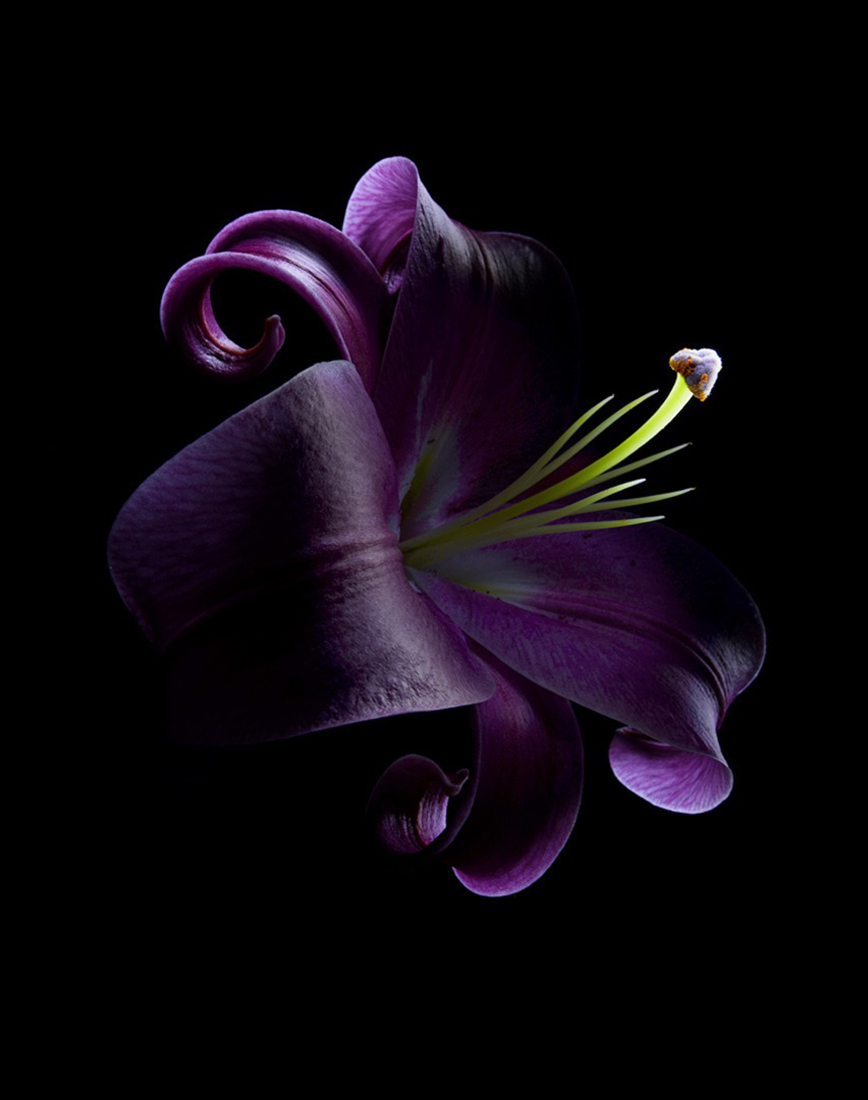
What’s it like being creative partners but also brothers? Have you always been a creative duo?
Being a creative duo and being brothers really feels like just that, brothers that create together! We definitely have always been a creative duo, beginning in our mother’s womb.
In the digital world, we’re often in a hurry. Your artwork encourages people to stop, slow down and take a breather. What motivated this creative choice?
In part it is motivated by questioning – questions such as: why this degree of digitisation? Why is the notion of speed always tied to digitisation? Why this way and why not another way? Why do I constantly need a device when I step outside the door? Who sets the benchmark in how technology is used? Does creating with hands bring deeper contentment and satisfaction than creating digitally? We both appreciate and love using digital technology, but it is one of many ways we create and express our imagination and share it with others. Why in the last few decades has humanity placed all their belief that digitisation and technology is the way forward, who and what influences this? Again it is just one tool out of many we can choose from. We are both very mindful in how we use technology and deliberately use it to create environments to allow space for people to slow down, wonder and question.
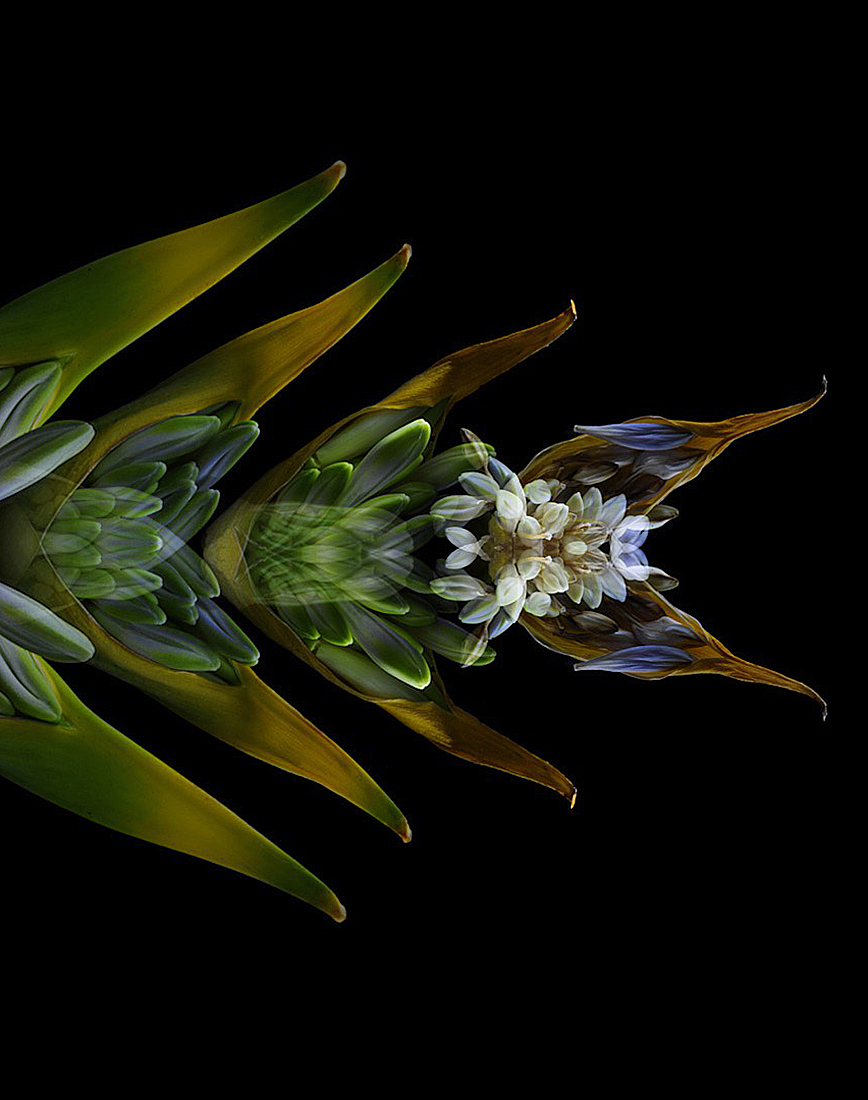
As kids, we remembered and loved watching this Australian TV show called Beyond 2000. It was a show about future technologies and innovations, scientific breakthroughs and how it would affect society. The show portrayed amazing technologies and how it could make everyone’s lives easier, more time for leisure and less for work. One can just look around today and it would seem the total opposite! Humans have very much fixated themselves on technology in many ways, working way longer hours, some with little leisure time for wellbeing. On the flip side, great things can be achieved when technology is applied mindfully as a complementary tool. But, current times feel like humanity is building a digital prison for ourselves and memories are slowly erased in remembering what really sustains us. There is a great quote by Alanis Obomsawin who said, “…most affluent of countries, operates on a depletion economy which leaves destruction in its wake. Your people are driven by a terrible sense of deficiency. When the last tree is cut, the last fish is caught, and the last river is polluted; when to breathe the air is sickening, you will realize, too late, that wealth is not in bank accounts and that you can’t eat money”. This is still very relevant in current times – where unless the natural environments which sustains life are in a healthy state and rich in biodiversity, it does not matter what the next awesome technology is or next fancy digital app is, humans are continually going to be unwell and depressed because we are a reflection of the environment and vice versa. It’s a good time to slow down, take a breather, and take stock of what is happening.
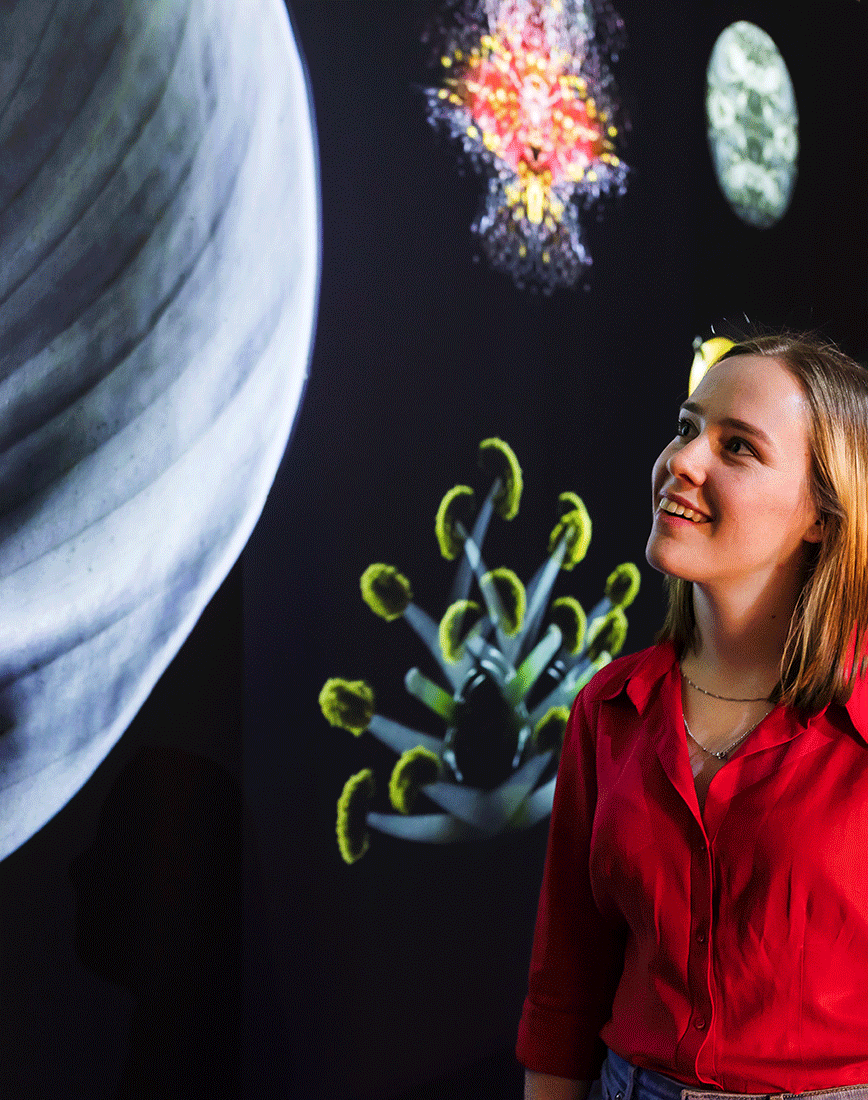
What methods do you use to find inspiration to create? Do you have any tips for creatives starting out in the digital art space?
Something that works for us is to pay close attention, observe and let the inspiration unfold. This cosmic creation which we are all part of unfolds intensely every moment, and in this there is no shortage of inspiration. As for tips, give the digital space a break, tip a human who gives exceptional service and have conversations in public, cafes or restaurants.
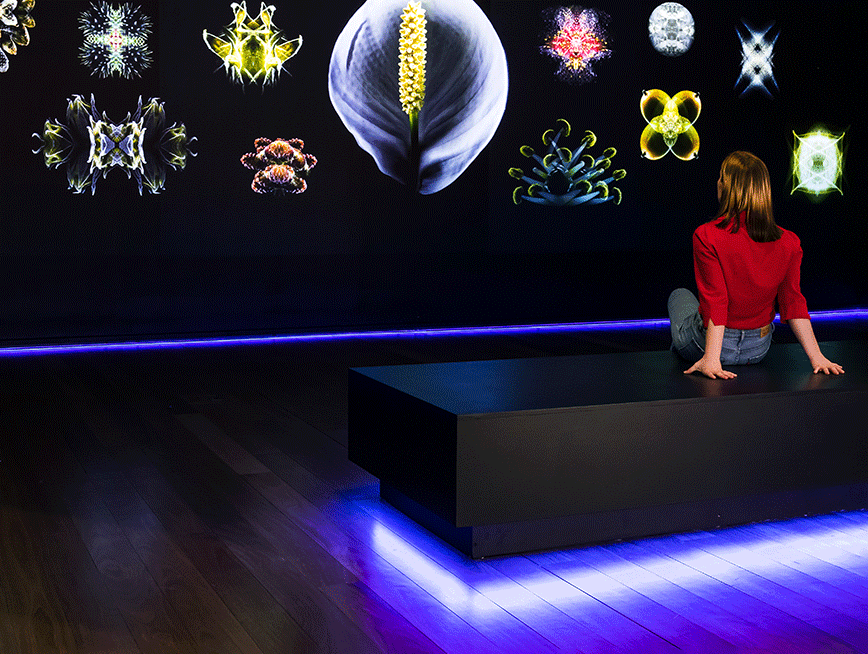
View Man&Wah’s work as part of our exhibition Rearranged: Art of the Flower. Open daily, 10am–5pm. Free entry.


